
was an Air Gunner with 44 (Rhodesia) Squadron,
part of No 5 Group based at
Dunholme Lodge in Lincolnshire.


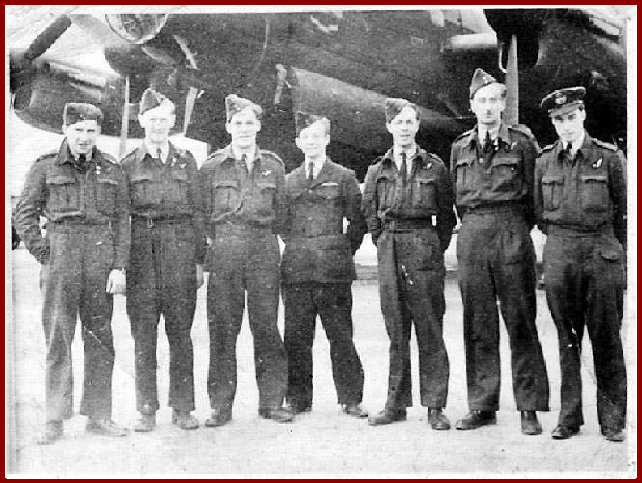

Steve Darlow describes the mission that night in some detail in chapter 10 of his excellent book on the battle against the V1 menace, "Sledgehammers for Tintacks".
The raid on the V1 storage and assembly areas in the caves at St Leu d'Esserent on the 4th/5th of July 1944 was the first of several as the RAF attempted to stem the attacks on southern England by the V1
rocket, or Doodlebug as it became known. The details that follow are taken from that book, published by Grub Street.
The Allies had been aware of the potential threat from V1 flying bombs at England since early 1944 and Operation Crossbow was the RAF's mission to counter the threat. By the end of June 1944 the Germans
were launching over 200 of the bombs a day at southern England from various sites scattered across northern France. The RAF carried out many raids on specific launch sites but it became clear that there must
be a central assembly and storage area where the bombs were coming from.
The Special Operations Executive (SOE) submitted a report suggesting that the natural limestone caves in St Leu d'Esserent, just north of Paris were being used for this in March 1944, but it wasn't until June
that further intelligence pointed to the site and the caves, which had previously been used for growing mushrooms, were targeted.
On the 29th June the Germans launched the 2,000th V1 at England in what was a dangerous campaign to try to wear down the morale of the British population for the continuing fight against the Nazi's.
The first raids on the caves at St Leu d'Esserent were by American daylight forces in late June. These caused minimal damage but further intelligence gleaned in intercepted communications confirmed that the
site was a major base for V1's and the site was set as a target for a major raid by the RAF's 5 Group on the night of the 4th/5th July.
The diary section at the RAF Bomber Command History site records that 246 aircraft made the main attack, with 19 aircraft from 617 Squadron making a separate initial sortie on the target with specialist bombs.
With clear skies and bright moonlight forecast the raid was planned to provide maximum deception for the main force with diversionary raids on railway junctions at Villeneuve and Orleans in an attempt to draw
off the night fighter force. The raid proper on the caves at St Leu d'Esserent was led by the famous Dambusters, 617 Squadron, who would attack with 12,000lb "Tallboy" bombs to try to collapse the caves,
followed immediately by the main force to bomb the area with 1,000lb bombs.
At 01:30 Wing Commander Leonard Cheshire leading 617 Squadron in a Mustang marked the target for the rest of the squadron. 11 Tallboys were dropped with the remainder of the squadron unable to site the
target accurately due to smoke, then the rest of the force attacked almost immediately afterwards. Thirteen aircraft failed to return from the mission (5.3% -
According to 44 Squadron’s Operations Record Book Ronald’s aircraft was 1 of 14 from Dunholme Lodge to take part and Creill is mentioned as the target for the mission, his aircraft was the only one not to
return and was recorded as “missing without trace, no signals were received”.
The regular rear gunner for the crew, Bob Routledge, should have flown that night but was taken ill at the last minute and was sent to hospital after a pre-
It is believed that ME699-
At some point after the St Leu bombers attacked their target and turned for home Schlomberg attacked KM-
Schlomberg was killed and Unteroffizer Otto Wagner was wounded when their aircraft crashed near Cruxhaven. near Hamburg, on 11th August 1944. The cause of the crash is not known. Their aircraft when they
crashed was Bf110 G-
With ME699 fatally hit by Schlomberg's night fighter shortly after dropping its load of 1,000lb bombs on target, the pilot, PO Bill Young ordered the crew to abandon the aircraft. The hatch at the front of the
Lancaster was right below the bomb aimer's position and on such an order the bomb aimers job was to open the hatch and “get the hell out”, making space for the rest of the crew.
John Wainwright was first out, followed by the flight engineer Sergeant Bill Robinson before the plane plunged to the ground and exploded, killing the other six men on board. The Aircraft came down in a small
hamlet called Laversines a couple of kilometres East of Beauvais

Ronald Houseman
died on the
5 July 1944
Aged 20
whilst serving with the
Royal Air Force Volunteer Reserve
He is buried at the Marissel French National
Cemetery
Location: Coll 284
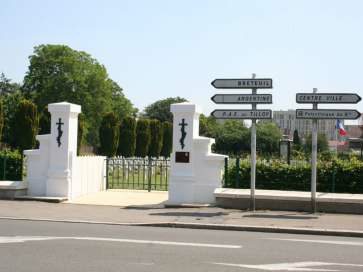
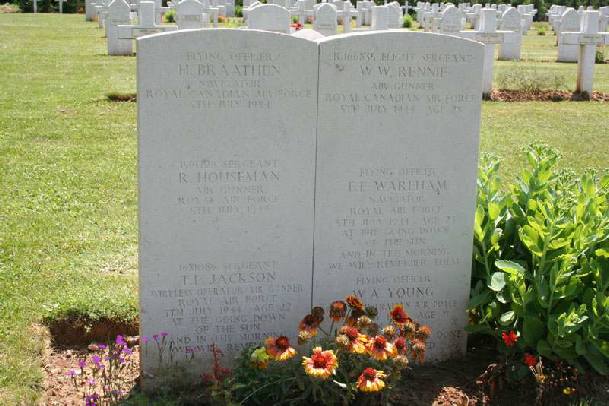
was made in 1922. There are 19 Commonwealth burials of the 1914-
Navigator (2) F/O Harold Braathen J/27500 -
Wireless Operator Sgt Thomas Leslie Jackson 1681086
Air Gunner Sgt William Wilson Rennie R/166835 -
Pilot P/O William Archibald Young 417145 -

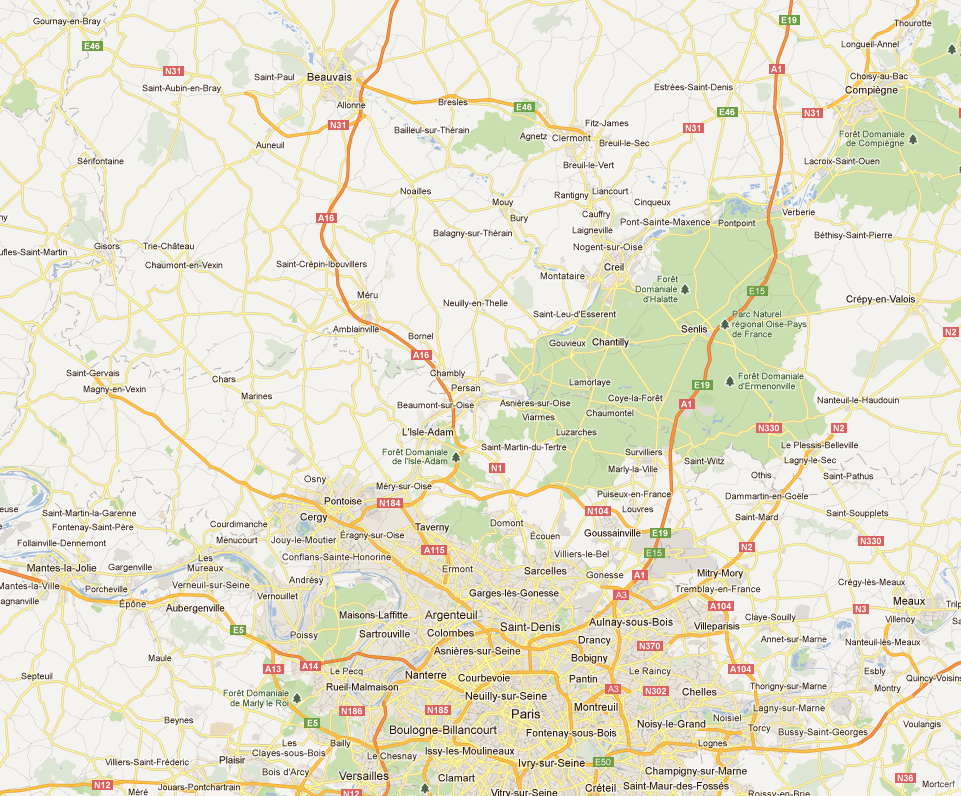

after being shot down by German fighter aircraft.

mission: V1 rocket assembly and storage caves.

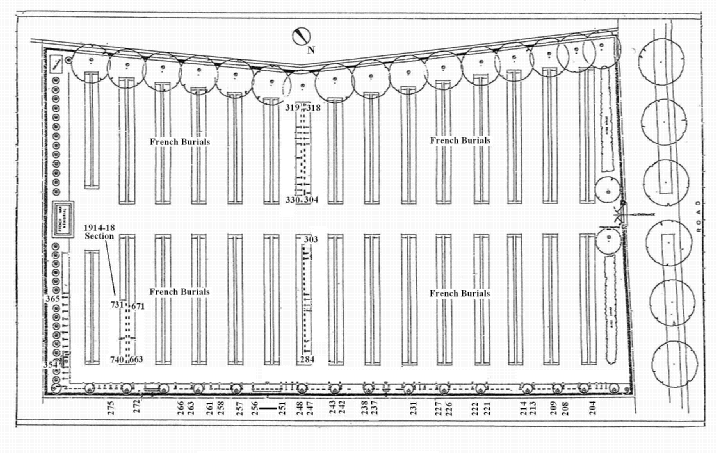

51 Base ( RAF Swinderby), presumably after training.
According to the 44 Squadron’s Operations Record Book Ronald took part in two successful missions before that fateful one on the 4th/5th of July.
1 -
at 03.15 hours on the 25th. His aircraft was a Lancaster Mk 3, number ND.517.U.
2 aircraft on the same mission were lost without trace.
2 -
France. Again he flew in Lancaster Mk 3 ND.517.U and returned at 02.29 hours on the 28th of June.
1 aircraft on this mission was lost without trace.
3 -
Wainwright) that Ronald Houseman replaced th regular rear gunner Sgt Robert Routledge at the last minute when he was taken ill.
According to information provided by Mike Wainwright and also from the book RAF Bomber Command Losses of the Second World War by W R Chorley (Intelligence reports filed with Bomber Command
Papers) that the actual target that night was St Leu d’Esserent in northern France.
The aircraft and 6 of it’s crew were not to return, the only aircraft from 44 squadron lost that night.

|
Pilot |
PO William Archibald Young - |
Killed |
|
Flight Engineer |
Sgt William Robinson |
Evaded Capture |
|
Navigator (1) |
FO Frank Edward Wareham |
Killed |
|
Bomb Aimer |
F Sgt John Edgar Wainwright |
Evaded Capture |
|
Wireless Operator |
Sgt Thomas Leslie Jackson |
Killed |
|
Mid Upper Gunner |
Sgt William Wilson Rennie - |
Killed |
|
Rear Gunner |
Sgt Robert Routledge |
Not on Mission |
|
Navigator (2) |
FO Harold Braathen - |
Killed |
|
|
|
|
|
A normal crew size was 7 but on this occasion 2 Navigators were on board the aircraft, Harold Braathen being the extra navigator. | ||
|
|
|
|
|
The ‘bad luck’ for Ronald was that he was only on board the aircraft as a replacement for the regular crew Rear Gunner Sgt Robert Routledge who was taken ill that night | ||
|
|
|
|
|
Rear Gunner |
Sgt Ronald Houseman |
Killed |
|
|
|
|
|
We only know that Ronald was on this flight thanks to the work of Mike Wainwright, the son of the Bomb Aimer F Sgt John Edgar Wainwright who survived the crash of ME.699.T, evaded capture and was then able to tell his story. | ||

Lancaster Mark I -

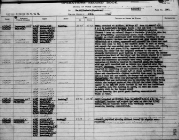
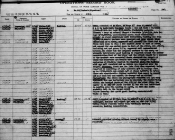

entry for
24th June 1944
entry for
27th June 1944
entry for
4th July 1944











